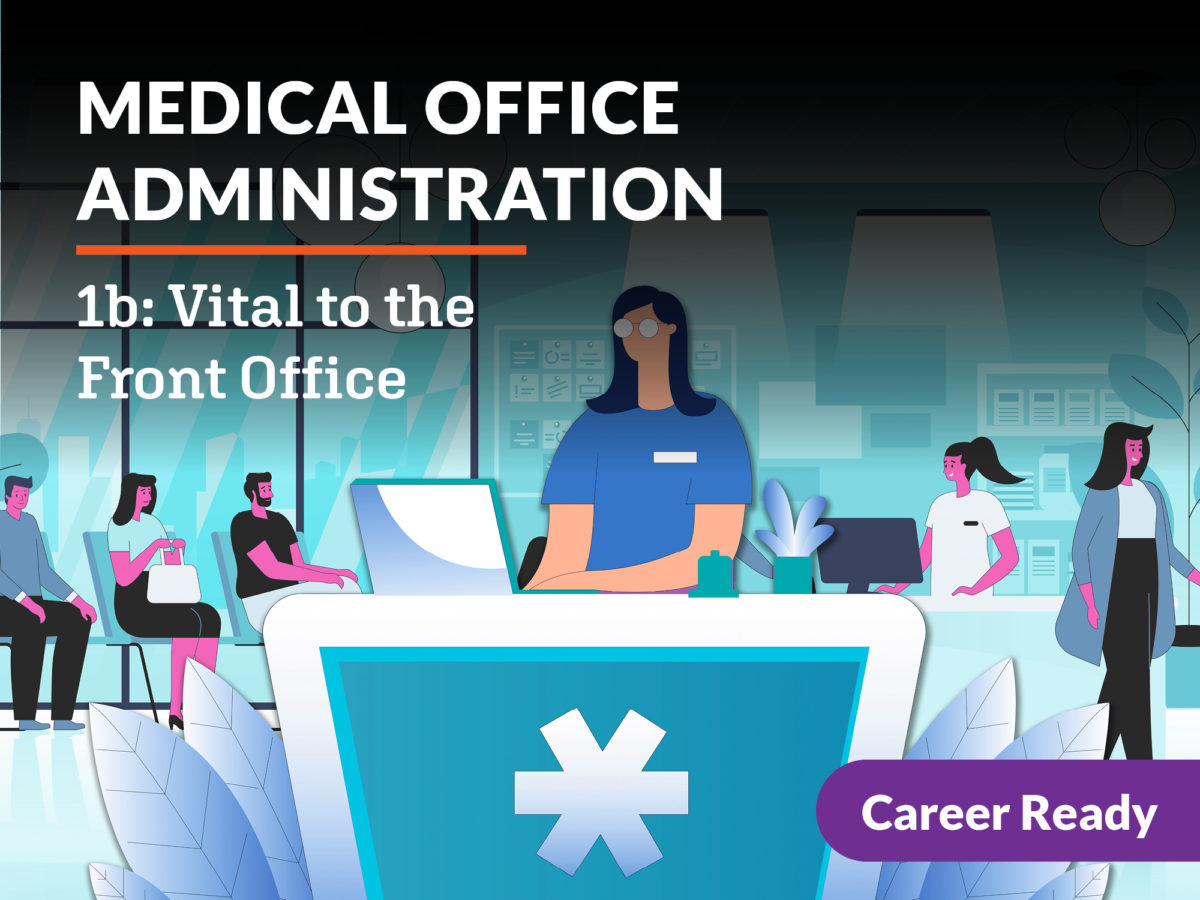A Total Overview to Medical Administration Certifications and Accreditations
A Total Overview to Medical Administration Certifications and Accreditations
Blog Article
Finest Practices in Medical Administration for Improving Performance and Minimizing Costs
In the ever-evolving landscape of medical care, the pursuit of ideal practices in medical management is critical for improving efficiency and curbing costs. By incorporating innovative modern technologies such as digital health documents and telemedicine, healthcare carriers can enhance procedures and boost person treatment. Technology alone is not a panacea; optimizing source allocation and cultivating collective communication among care groups are similarly essential. As organizations aim to balance top quality and expense, what techniques should be prioritized to attain these dual goals? The answers to these questions hold the key to a more lasting health care system.
Leveraging Advanced Technology
The assimilation of electronic services right into medical care systems has changed the method centers operate, enhancing procedures and boosting individual treatment. By streamlining individual details, EHRs get rid of the requirement for troublesome documents and promote smooth interaction amongst healthcare suppliers.
Telemedicine is one more technical advancement that has revolutionized person interaction. It provides ease for both clients and health care specialists by enabling remote appointments, which can minimize the requirement for in-person brows through and maximize consultation scheduling. Furthermore, telehealth platforms can prolong medical care access to rural or underserved locations, connecting gaps in care shipment.
Moreover, using Artificial Intelligence (AI) and maker learning is coming to be increasingly widespread in anticipating analytics, allowing for early detection of prospective health issues and even more informed decision-making. These innovations, when incorporated successfully, can enhance analysis precision and personalize client treatment plans, eventually resulting in enhanced health care results and functional efficiency.
Optimizing Source Allowance
By purposefully managing sources such as personnel, devices, and funds, healthcare facilities can considerably boost their operational performance, improve person end results, and lower unnecessary expenses. The initial action in enhancing resource allotment involves conducting a thorough assessment of present possessions and identifying locations where resources might be underutilized or exhausted.
Focusing on source allowance based upon individual requirements and service needs is vital. This includes lining up resources with high-demand areas, such as emergency care or specialized treatments, to ensure timely and efficient patient care. Applying versatile staffing versions can also enhance labor resources by adjusting employees appropriation in response to fluctuating individual volumes. In addition, accepting telemedicine and other technological services can ease physical source restrictions by using alternate avenues for patient-provider interactions.
Funds need to be meticulously kept an eye on and allocated with strategic foresight to sustain both temporary operational requirements and lasting institutional objectives. This includes investing in training programs that enhance personnel proficiencies and adopting energy-efficient techniques that minimize functional expenses (medical administration). Ultimately, a maximized source allocation approach promotes a sustainable health care atmosphere that is receptive, reliable, and monetarily prudent
Streamlining Process Procedures
When medical care facilities goal to boost operational efficiency, streamlining operations processes becomes a pivotal emphasis. Efficient process minimize redundancy, remove unneeded steps, and improve control among healthcare experts. This approach not only increases solution distribution however also boosts the high quality of client treatment.

Next, innovation assimilation plays a substantial duty in enhancing process. Implementing digital wellness documents (EHRs) and computerized medical professional order entry (CPOE) systems reduces documents, decreases human mistake, and ensures details is accessible to all pertinent personnel. Additionally, leveraging telemedicine systems can enhance individual assessments and follow-ups, reducing the stress on physical facilities.

Ultimately, streamlined operations lead to cost reductions and enhanced individual contentment, fostering a much more lasting healthcare environment.
Enhancing Information Monitoring
Structure upon streamlined workflows, maximizing information monitoring ends up being an essential part in advancing medical care management. Reliable data administration systems are critical for preserving exact patient weblink documents, boosting decision-making, and ensuring compliance with governing standards. By carrying out robust data administration remedies, health care facilities can enhance the quality of person treatment while at the same time reducing functional expenses.
One secret aspect of enhancing information management is the integration of sophisticated electronic health document (EHR) systems. These systems promote the seamless exchange of client information across different divisions, lowering replication of tests and minimizing find out mistakes. A well-designed EHR system sustains information analytics, allowing doctor to recognize trends and make notified decisions regarding client care.
In addition, securing patient data is vital. Adopting extensive cybersecurity actions, including security and regular audits, guarantees the stability and confidentiality of sensitive details. This not just protects people however likewise keeps the institution's track record.
Buying team training is one more critical aspect. Informing healthcare specialists on data monitoring methods improves their capability to successfully make use of innovation, leading to boosted client results. In verdict, enhancing information management with advanced innovation and thorough training is crucial for attaining effectiveness and expense decrease in medical administration.
Fostering Collaborative Communication
A vital element in progressing medical management is promoting collaborative communication amongst healthcare specialists. Efficient interaction is vital for making sure smooth individual care, maximizing therapy results, and lessening errors. By motivating open discussion and coordination across multidisciplinary groups, health care organizations can enhance their functional performance and lower unneeded prices.
Central to this strategy is the assimilation of communication innovations such as digital health and wellness documents (EHRs) and secure messaging systems, which promote the quick exchange of crucial person info. These tools make it possible for doctor to accessibility and share data in genuine time, guaranteeing that all team members are notified and straightened in their decision-making processes. In addition, regular group meetings and interdisciplinary rounds can additionally advertise a culture of partnership and liability.
Educating programs concentrated on enhancing communication skills are also necessary. These programs can help staff develop the capability to share information clearly and pay attention proactively, hence lowering misunderstandings and cultivating a supportive workplace. In enhancement, adopting standard interaction protocols, such as SBAR (Situation, History, Assessment, Recommendation), can improve the exchange of info, guaranteeing that crucial details are communicated succinctly and efficiently. Eventually, fostering joint interaction leads to enhanced medical care distribution and expense savings (medical administration).

Final Thought
Including innovative modern technology, such as digital health records and telemedicine, together with enhanced resource allowance and streamlined workflow procedures, is crucial for boosting effectiveness in clinical administration. Reliable information management and promoting joint communication amongst health care teams are crucial for minimizing redundancies and enhancing treatment high quality. By prioritizing precautionary check that care and involving in high quality renovation efforts, healthcare companies can accomplish significant cost financial savings and boosted person end results, thereby making sure sustainable medical care distribution in a significantly complex environment.
Report this page